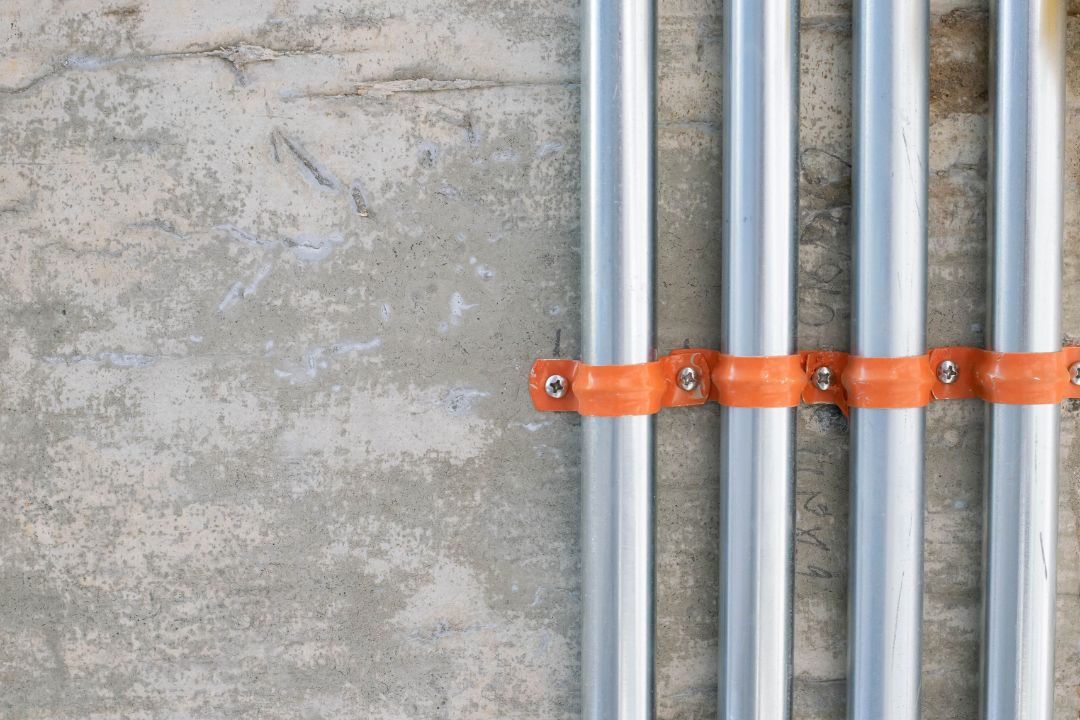Understanding Cathodic Letting Go A Comprehensive Guide 2025
What is Cathodic Letting Go?
Cathodic protection is a method used to prevent corrosion in metal structures, typically those exposed to water or soil. It involves using an electrical current to counteract the natural electrochemical reactions that cause rust and deterioration. However, there are instances where this protection fails, a phenomenon known as “Cathodic Letting Go.” So, what exactly does this mean? It refers to the breakdown or failure of the cathodic protection system, allowing corrosion to once again take hold of the metal structure. This can lead to significant damage and increased maintenance costs.
The Science Behind Cathodic letting go Protection
To understand Cathodic Letting Go, we first need to explore how cathodic protection works. Essentially, it uses a sacrificial anode or an impressed current to provide electrons to the metal structure, making it the cathode in an electrochemical reaction. This process helps prevent the metal from oxidizing and corroding. The anode, which is more reactive than the metal structure, corrodes instead, protecting the structure from damage. But when the system fails, the metal structure becomes vulnerable to corrosion once again.
How Cathodic letting go Protection Prevents Corrosion
Cathodic letting go protection works by ensuring that the metal structure is electrically connected to a source of electrons. This flow of electrons prevents the oxidation process, which is the root cause of corrosion. The system can either use a sacrificial anode, which slowly degrades over time, or an impressed current, where an external power source drives the electrons to the structure. Both methods are highly effective, but they require proper maintenance and monitoring to ensure they continue functioning as intended.
What Happens When Cathodic letting go Protection Fails?
Cathodic letting go protection can fail for a variety of reasons. One common issue is the depletion of the sacrificial anode, which occurs when it has corroded completely. In the case of impressed current systems, the power supply might fail, or the connections might become loose or corroded. When the protection fails, the structure becomes exposed to the harsh environmental conditions that cause corrosion. This can lead to accelerated degradation, rust formation, and in some cases, structural failure.
Why Cathodic Protection May Fail
There are several reasons why cathodic protection may fail, including:
Depletion of Anodes: In sacrificial anode systems, the anode will eventually corrode and need replacement.
Electrical Failures: In impressed current systems, electrical issues such as power outages or faulty wiring can cause a breakdown in protection.
Environmental Factors: Harsh conditions, such as extreme temperatures or the presence of contaminants, can interfere with the system’s effectiveness.
Improper Installation or Maintenance: If the system is not properly installed or maintained, it may not provide adequate protection.
How to Identify Cathodic Protection Failure
Recognizing when cathodic protection has failed is crucial to preventing further damage. Common signs include:
Visible Corrosion: Rust or other signs of corrosion on the structure.
Increased Current Demand: A sudden increase in current requirements may indicate that the protection system is no longer effective.
Monitoring System Alerts: Many modern cathodic protection systems have built-in monitoring that will alert you when the system is not functioning correctly.
Physical Damage: Cracks, pits, or other physical signs of wear and tear on the structure can also indicate protection failure.
Impact on Infrastructure and Assets
When cathodic letting go protection fails, the consequences can be severe. Corrosion can cause structural damage, leading to costly repairs or even complete failure of the infrastructure. In critical sectors such as oil and gas, transportation, and water utilities, the failure of cathodic protection systems can lead to significant downtime, safety hazards, and financial losses. Moreover, the environmental impact can also be considerable, especially if the corrosion leads to leaks or contamination.
Case Studies of Cathodic Protection Failure
There are several real-world examples where the failure of cathodic letting go protection systems has led to significant damage. One notable case occurred in a large offshore oil rig, where the sacrificial anodes were not replaced in time. This oversight led to extensive corrosion of the rig’s structural components, resulting in costly repairs and safety concerns. In another case, a pipeline system’s impressed current system failed due to a power outage, causing the pipeline to corrode and eventually leak hazardous materials.
How to Maintain Cathodic Protection Systems
Proper maintenance is key to ensuring the longevity of cathodic letting go protection systems. Regular checks should be conducted to monitor the condition of the anodes, wiring, and power supplies. Anodes should be replaced before they are completely depleted, and any electrical issues should be addressed promptly. Additionally, environmental factors should be considered when designing and installing the system to ensure it can withstand harsh conditions.
Innovations in Cathodic Protection
The field of cathodic protection has seen several innovations in recent years. One of the most promising developments is the use of more durable and efficient anodes, which can last longer and provide better protection. Additionally, advancements in monitoring technology have made it easier to detect issues with the system before they lead to failure. These innovations are helping to reduce the risk of cathodic letting go and improve the overall effectiveness of protection systems.
The Future of Cathodic Protection Systems
As technology continues to advance, the future of cathodic protection looks promising. We can expect to see even more efficient systems that require less maintenance and provide longer-lasting protection. Additionally, the integration of smart sensors and AI-powered monitoring systems will make it easier to predict and prevent failures before they happen. This will ultimately lead to safer, more reliable infrastructure.
Wrapping Up the Importance of Cathodic Protection
Cathodic letting go protection plays a critical role in preserving the integrity of metal structures, especially those exposed to harsh environments. However, when the protection fails, the consequences can be severe. Regular maintenance and monitoring are essential to ensuring the system continues to function properly and prevent corrosion. With ongoing innovations in the field, the future of cathodic protection looks bright, and we can expect even more reliable systems to emerge.
Frequently Asked Questions
What is cathodic protection? Cathodic protection is a method used to prevent corrosion in metal structures by providing an electrical current that counteracts the electrochemical reactions causing rust.
How can I tell if my cathodic protection system has failed? Look for signs such as visible corrosion, increased current demand, monitoring system alerts, or physical damage to the structure.
What causes cathodic protection to fail? Common causes include depletion of sacrificial anodes, electrical failures, environmental factors, and improper installation or maintenance.
What are the consequences of cathodic protection failure? The consequences can include accelerated corrosion, structural damage, costly repairs, and potential safety hazards.
How can I prevent cathodic protection failure? Regular maintenance, timely replacement of anodes, and proper installation are essential for preventing failure.







